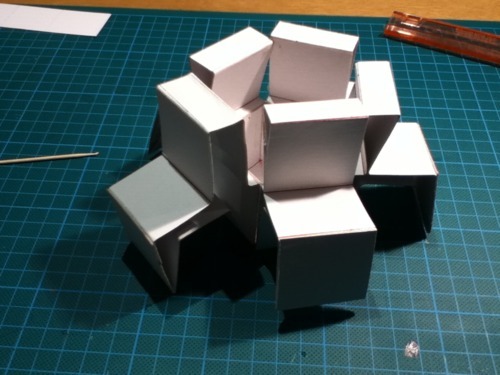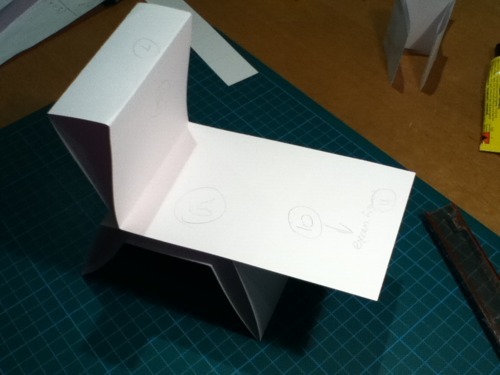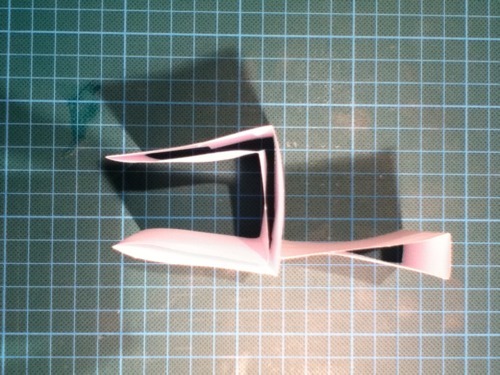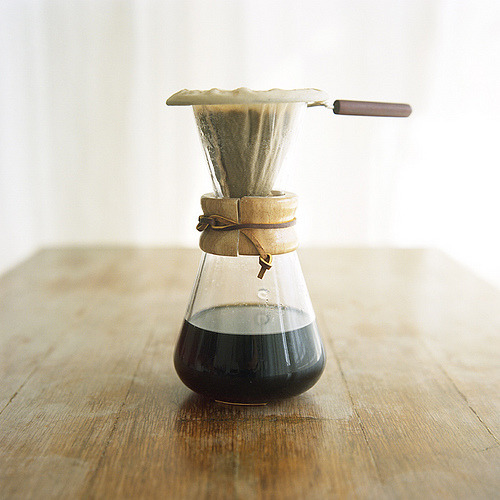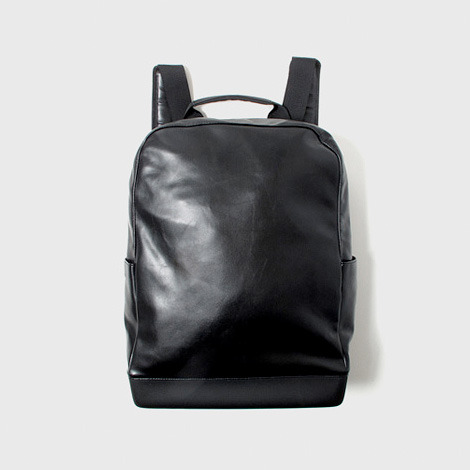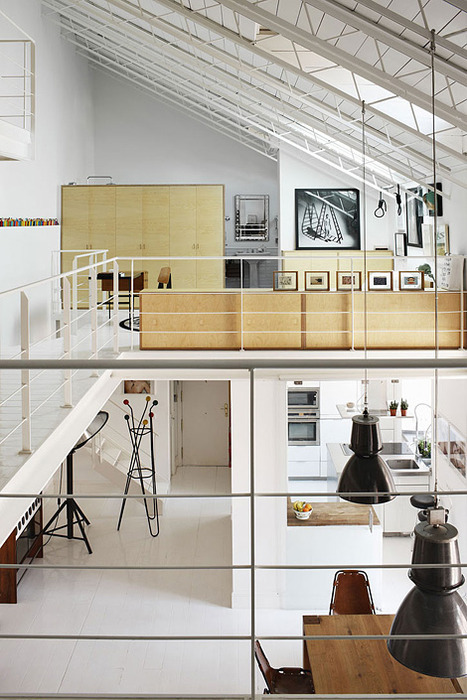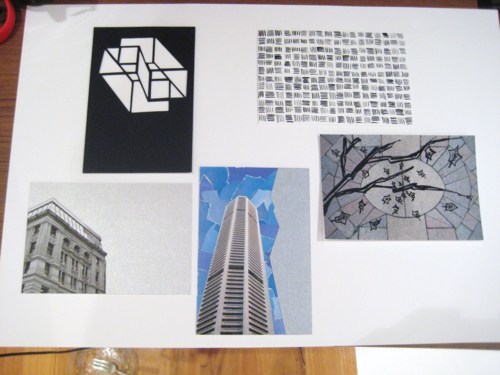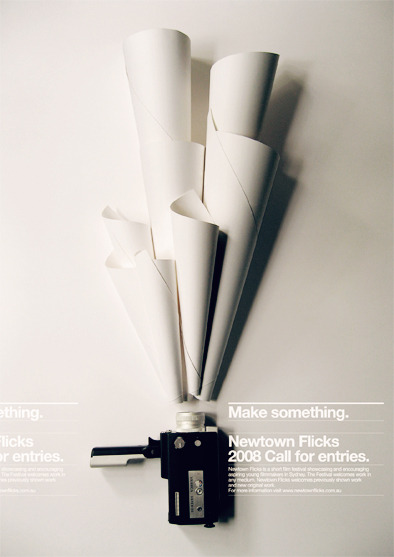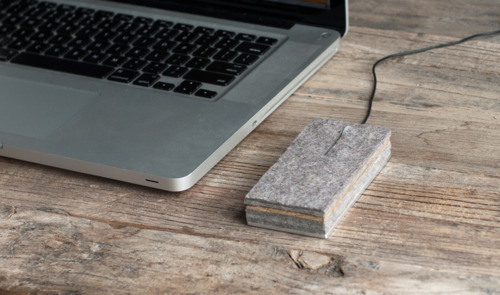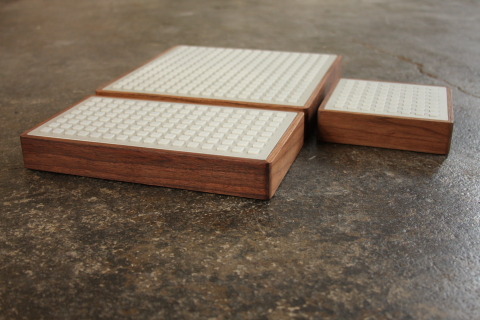Wednesday 19 October 2011
Bill Moggridge Response
Tuesday 18 October 2011
Rationale: Threads Pendant Light Concept
Friday 7 October 2011
Wednesday 14 September 2011
Tuesday 13 September 2011
Monday 15 August 2011
My Design Career
Monday 8 August 2011
Sunday 31 July 2011
Design Excellence: Philips Fidelio DS9000 Docking Speaker
Thursday 28 July 2011
Annie Leonard: The Story of Stuff
The Story of Stuff is essential viewing for any in the design industry, especially industrial designers. Although simple in its approach, it conveys the important ideas and values of recyclability, renewability, forest regeneration, government intervention and design for prolonged use which we must consider when it is our turn to create a new object and release it into society.
As Leonard emphasises, gone are the days where products are designed just for pleasure, entertainment or constructive use. We, as designers must delve much deeper to plan out the experience and life which encompasses the product, and how it will be used to its obsolescence. Yes, this may take more time and thought, thought the results that are achieved outweigh all this.
The Story of Stuff provides a short, punchy insight into how the environment, economy and consumers respond to “stuff,” and acts as a great reminder to us all about factors that we become complacent with and tend to forget during our day to day lives. I was amazed at how small a number of toxic chemicals were actually tested before use, and that many of them have not been tested in partnership with one another to see what the reaction would be.
Also, something that was interesting and slightly disturbing was the fact that some pillow brands were using neurotoxins to improve its flame – retardant qualities. Although my current pillow is mad of natural components, I will definitely be looking out in the future to avoid purchasing such goods.
David Kelley: Human Centred Design
In his 2002 TED talk, David Kelley presents a number of interesting case studies which help to explain the human centred nature of product design which has been evolving through the past 18 years. More as a prediction of what was to come, Kelley’s ideas were somewhat forward thinking at the time, concepts which we see incorporated in design extensively today.
He presents work completed for new Prada stores which are focused on creating a more immersive and engaging experience between the consumer and the clothing item he or she chooses. This includes bespoke RFID tag remote controls that can capture the clothing data and present it on screens displayed around the store. In conjunction with this, scanners in the changing rooms collect and present information and detail about the clothing items that were chosen to be tried on. Another interesting feature was the use of liquid crystal glass screens which turned opaque when a floor button was pushed. I’ve seen this technology now moving into the domestic environment, chosen as a unique was to achieve privacy and maintain an open – plan – like space.
In collaboration with Scott Adams, Kelley was asked to design the “ultimate cubicle for Dilbert,” and through the explanation of this process it was reiterated that a human engages more deeply with a product that can give something back – a pleasurable feel, appearance, an emotive response or recognisable action. Furthermore, although sometimes perceived as kitsch or dated, it is the personal items which, when used to accessorise the design, actually transform a cubicle space into a more user friendly environment – items that are recognised and have treasured value.
From this talk a lot can be taken away, though I believe the two most important factors are that humans form natural attachments to items of value or significance, and that an item needs to be engaging, designed with the human as the central focus.
Wednesday 20 July 2011
Don Norman - Emotional Design
Besides this, it was interesting to learn that the “happier” we are feeling, the more abstract our thoughts and thought processes become – a valuable asset during brain storming sessions. Contrary to this, anxiety also influences our thought patterns, enabling strong focus and rational thought, useful when under time constraints or deadlines to complete tasks.
Thursday 2 June 2011
Passport Review
This had already been documented in writing, but to keep up with requirements, here goes …
Museum Visit / Exhibition: MCA Sydney, in which I saw the Annie Leibovitz photography exhibition.
Read and Comment on a Design Blog: “Designer Dan” & “Life is Carbon,” to which I read and commented upon the “Life is Carbon” article on Louis Campbell - his designs of past and present including the “Very Round” chair for Zanotta.
Read and Comment On Another Students Block: I had, by now, read through all of the design blogs present on the “Past Present Futures” design blog. I attempted to answer a question raised by Luke Messina and did the same for Cherrie.
Read 3 Design Magazine’s / Journals:
- Wallpaper Magazine
- Habitus
- Abbitare
What Was of Particular Interest? Habitus and Wallpaper had great articles on the changing design in kitchen utensils. The design aesthetic is slowly transforming from a sterile, clinical form to featuring timber, cork, stone and natural fibres, making these objects kitchen display pieces.
Completed the Elise quiz!
Visited the COFA Library in an attempt to borrow the only copy of “Campana Brothers: Complete Collections So Far,” though the book was on loan for a little while … I bought it at MCA instead :)
Listen to An ABC Podcast: There was an interesting story the wine industry and the way in which art and artists have been contracted to feature on labels and packaging for bottles. New and innovative serving packages have also been developed which include a single serve plastic cup with foil sealed lid and a vile containing a single serve of wine that can be pocket - stored. Campers have also been considered through further development and manufacture of “dehydrated wine” hmm …
Watch a TED Talk: “Steve Jobs - How to Live Before You Die”
It was interesting and rather uplifting to gain words of inspiration from the Apple billionaire, rather than hearing more on his product range or technology. His words were really relevant to all aspects of life. Some of my favourite quotes are as follows:
“Much of what I stumbled into by following my intuition, later on turned out to be priceless…”
He speaks about how you must find work that you love, as the only way to do great work is to love the work you do - “Keep looking, don’t settle!”
Sunday 15 May 2011
Saturday 14 May 2011
Sunday 8 May 2011
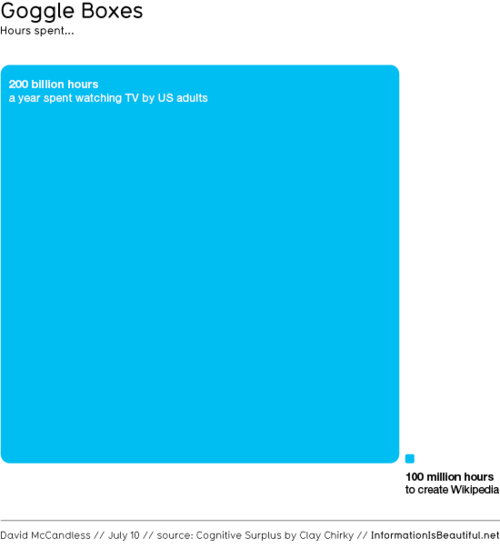
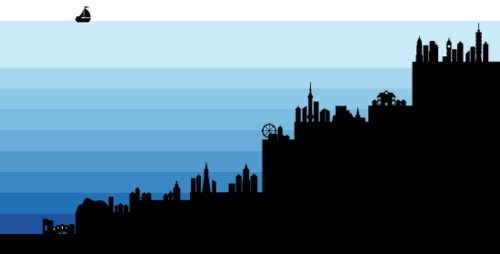
The images above are some of my favourite information maps, straight from “informationisbeautiful.net” - a really fantastic website I was looking through earlier, and a great source for ideas and inspiration … some of the designs are truly brilliant in terms of layout and legibility, and have most definitely been influenced by a designer’s hand.
Friday 15 April 2011
Wednesday 6 April 2011
Model Magic
It was fantastic to see everyone’s designer displays this morning! The models were really great, and it was interesting to see how far we had all come as a group from the very first poster we designed.
Below are a few images of my own model.
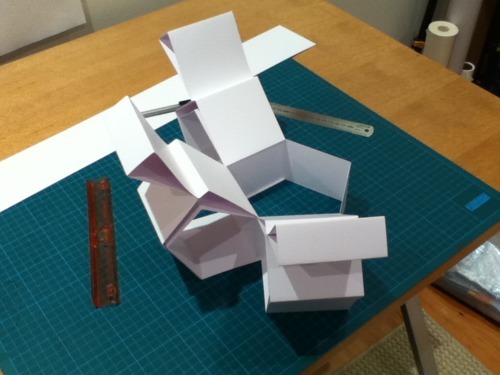
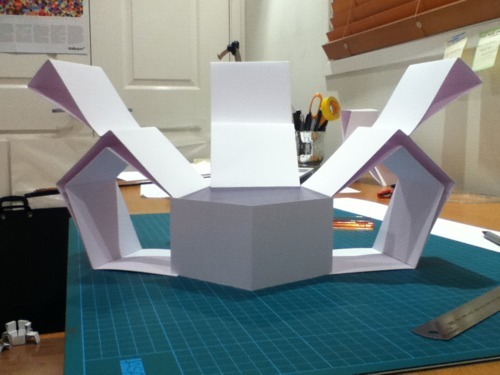
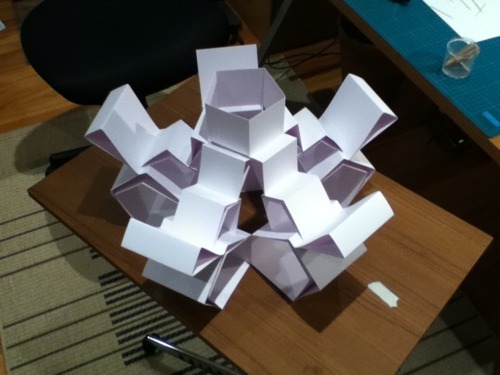
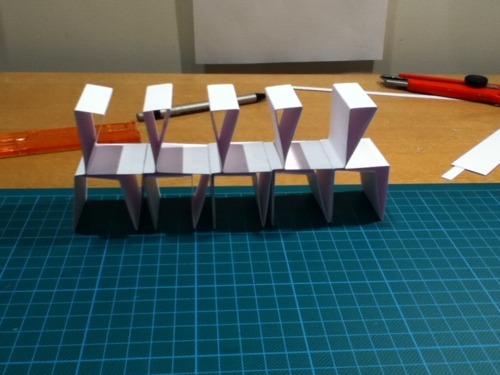
Testing and experimentation on scrap card:
